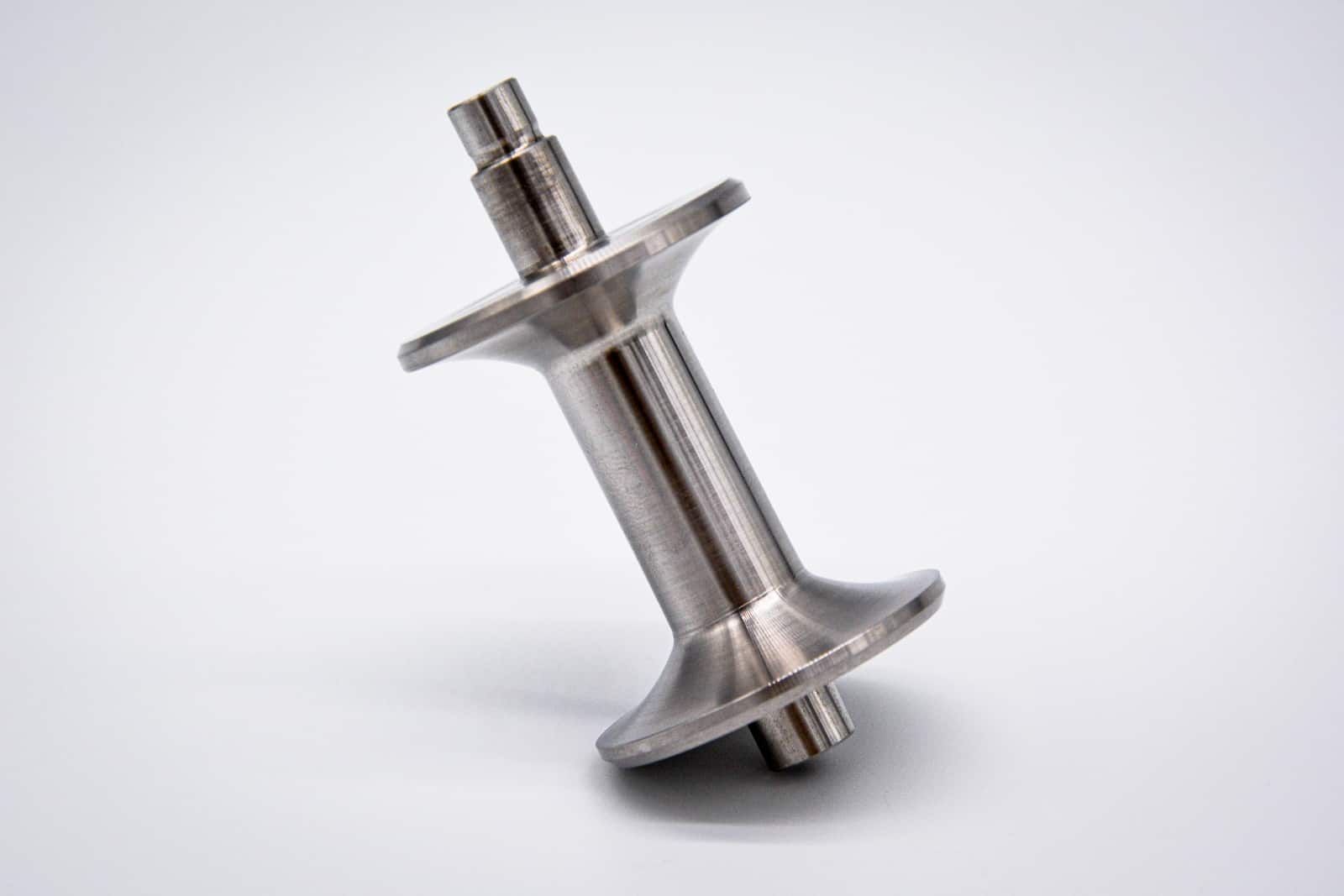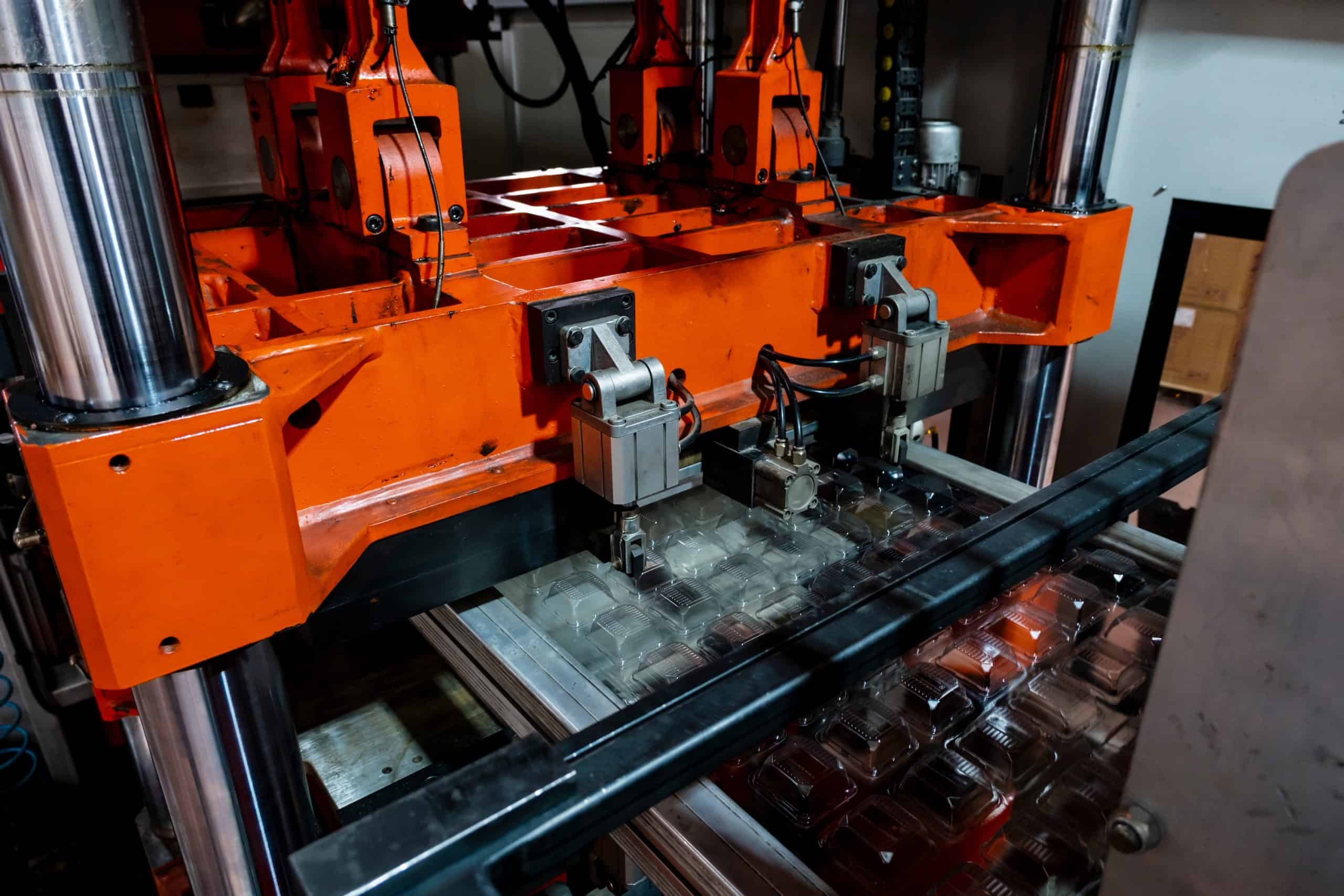Injection molding is a very efficient and widely used plastic manufacturing process for producing parts in large quantities. Mold development is a critical aspect of this process, essential for accurately shaping and forming molten plastic with high precision. The creation of molds, as one of the first steps, demands great precision and accuracy to ensure the quality and consistency of the final products.
There are various ways to classify molds in injection molding, including by plate type, runner type, cavity design and class. Among these classifications, mold cavity design—single-cavity, multi-cavity, and family molds—plays a pivotal role in determining production efficiency and quality. Single-cavity molds are simpler and offer high-quality parts, ideal for low-volume production and intricate designs. Multi-cavity molds enhance production speed and reduce the cost per part for large volumes, but require precise balancing to avoid defects. Family molds allow for the simultaneous production of different parts, optimizing manufacturing for multi-part products but increasing design complexity and the potential for defects.
What Type of Mold Is Used in Injection Molding?
Injection molds can be categorized in several ways, each affecting various aspects of the production process. Here’s a detailed look at these categories and their significance:
Plate Type
The plate type influences the mold’s cost, the finish of the final product, and overall production efficiency.
- Two-Plate Molds: Consist of two main parts—the cavity and the core. They are simpler and less expensive but may have limitations in complex part designs.
- Three-Plate Molds: Include an additional plate for separating parts from the runners, improving part ejection and quality. They are more versatile but also more costly.
- Stacked Plate Molds: Utilize multiple levels of cavities, doubling the output without increasing the footprint. They are ideal for high-volume production but require precise alignment and complex design.

Runner Type
The runner type impacts mold design flexibility, material waste, and the amount of post-processing required.
- Cold-Runner Molds: Use unheated channels to guide the molten plastic into the mold cavities. They are less expensive but require more post-processing to remove the runners from the final product.
- Hot-Runner Molds: Incorporate heated channels, keeping the plastic molten until it reaches the cavities. They reduce waste and post-processing needs but are more complex and expensive.

Mold Cavity Design
The mold cavity design plays a crucial role in production efficiency and part quality, directly influencing the speed, cost, and consistency of the manufacturing process.
- Single-Cavity Molds: Single-cavity molds produce one plastic part per injection cycle. This gives single-cavity models the slowest production times of the three types of molds we are discussing. However, due to their size and relative simplicity, they are quite affordable to produce, making them a good option for small production volumes in which production speed isn’t the biggest factor.
- Multi-Cavity Molds: Multi-cavity molds contain multiple cavities, as the name suggests. These molds produce multiple copies of the same plastic product in each production cycle. They are ideal for mass production purposes, with high production speeds and a low price per part at large production volumes. Multi-cavity molds are complex and expensive to design and produce, however this can be offset when working with large production volumes.
- Family Molds: Family molds are injection molds that produce multiple different parts per production cycle. They are useful for manufacturing multi-part products quickly but are very complex to design and more prone to molding defects.
Additionally, the SPI (Society of the Plastics Industry) classifications provide a standardized method (Class 101 to 105) to evaluate mold life expectancy and suitability for different production volumes.
Comparing Single-cavity, Multi-cavity and Family Molds
The table below compares the three types of injection molding molds:
| Property | Single-Cavity Mold | Multi-Cavity Mold | Family Mold |
| Applications | • High-quality plastic products (e.g. containers for which aesthetics matter).
• Intricate geometries or designs with precise control over material flow and injection pressure. • Prototypes with design changes and new mold iterations. • Low-volume production in which cost is a more significant factor than production speed. |
• Large production volumes (over 40,000 products per month).
• Applications for which price per part is the most important factor. • High-demand products that require short lead times for high volumes (e.g. bottle caps or packaging). |
• Multi-part products, for which all the parts can be manufactured in a single production cycle.
• Prototyping with multiple variations of parts being manufactured simultaneously. • Medium to large production volumes with the same part’s material and color. |
| Cost | Low cost, with the simplest design and tooling requirements. | High, requiring more complex design and tooling. | Highest, due to being the most complex to design. |
| Complexity | Low, as it doesn’t require balancing of pressures between multiple cavities. | High, with complex runner, cooling, and gate systems needed. | Highest, with multiple different cavities requiring careful design to balance injection pressures and uniformity. |
| Lead Time | Lowest, due to the simpler design process. | High, requiring careful design. | Highest, with a long design and simulation process. |
| Production Speed | Slowest, limited to one part per injection cycle. | Fastest, multiple copies of a part can be made simultaneously. | Fast, multiple different parts can be made in a single injection cycle. |
| Surface Quality | Highest, with minimal post-processing needed. | High, with some post-processing needed and risk of defects. | Medium, with the highest risk of unbalanced injection and defects. |
| Advantages | • Lowest risk of molding defects.
• The simplest and fastest type of mold to design and manufacture. |
• Fastest production speed of the three mold cavity types. | • One mold can produce multiple different parts.
• Fast production speeds, especially for multi-part products. |
| Disadvantages | • Lowest production efficiency (only one part can be produced at a time).
• Highest cost per part at large production volumes. |
• Highly complex to design and manufacture.
• Requires higher maintenance than single-cavity molds. • More prone to unbalanced injections and molding defects than single-cavity molds. |
• Very complex to design and manufacture.
• Long lead times for new mold designs, due to design complexity. • More post-processing is required than for single- or multi-cavity molds. |
What Are the Components of Injection Molding Molds?
The injection molding mold itself consists of several components, each with its own specific function within the mold.

The components are:
- Mold base: The mold base or mold frame is the foundational infrastructure for the mold assembly, providing rigidity and strength against the internal pressure experienced during injection molding.
- Cavity: The cavity, or cavities, shape the external geometry of the part. The cavity and the core form two halves of the final mold cavity in which the molten plastic is injected.
- Core: The core shapes the internal geometry of the part, and mates with the cavity to form the mold cavity. Multi-cavity and family molds will have multiple pairs of cavities and cores for the multiple parts that they produce.
- Inserts: Inserts are separate components that may be inserted into the mold to create specific geometric features. They are separate from the cavity and core but also help form the internal and external geometries.
- Runner system: The runner system distributes molten plastic throughout the mold cavity to ensure an even distribution of material. They are a network of channels that ultimately end in gates, which are the openings into the mold cavities. Good runner system design is vital for ensuring even material distribution and minimizing defects.
- Nozzle & sprue bushing: The nozzle controls how the molten plastic flows into the mold from the feeding system of the injection molding machine. The sprue bushing is a component of the mold that positions the nozzle to ensure it is centered and aligned.
- Ejector pins: They are used to help eject the part from the mold after it has solidified and the mold has been opened. The part can potentially stick to the mold cavity, and ejector pins are used to automatically provide a force that ejects the part from the mold.
- Cooling system: The cooling system helps maintain the temperature of the mold in order to prevent damage and maintain quality of the finished part.
- Venting system: The venting system provides a way for air and gases to escape from the mold during the injection process. This system consists of various channels, pins, and grooves that allow air to escape, but are small enough to keep plastic inside.
- Guides: The guides of the mold are a series of bushings, sleeves, and guiding pins on the two halves of the mold that help with alignment and assembly.
What is Injection Mold Life Expectancy?
The life expectancy of an injection mold is determined by the number of molding cycles it can perform, with each cycle consisting of the mold opening and closing. Several factors influence this lifespan, including the mold class, operating conditions, environment, maintenance practices, and the materials used.
The Society of the Plastics Industry (SPI) categorizes injection molds into five distinct classes, which are independent of the mold cavity classification. Each class is characterized by specific criteria defined by the SPI, ensuring standardized evaluation for mold life expectancy and suitability for various production volumes.
The table below compares the 5 injection mold classes:
| Mold Class | Cycles | Production Level | Uses | Investment |
| Class 101 Mold | 1 million or more | Extremely high | Ideal for high-volume production with fast cycles | Class 101 molds are the most expensive, crafted from top-tier materials |
| Class 102 Mold | Not exceeding 1 million | Medium to high | Suitable for parts requiring durable plastic materials and tight tolerances | Class 102 molds are quite expensive, made with high-quality materials |
| Class 103 Mold | Not exceeding 500,000 | Medium | Commonly used for low to medium production runs | Class 103 molds are priced moderately, falling within average price ranges |
| Class 104 Mold | Not exceeding 100,000 | Low | Best for limited runs with non-abrasive materials | Class 104 molds are lower in cost, suitable for limited to moderate production runs |
| Class 105 Mold | Not exceeding 500 | Very low | Used primarily for prototyping | Class 105 molds are the least expensive, designed for producing a limited number of prototype parts |
Get Injection Molding Services for Your Next Project
Choosing the right mold is just the beginning of the plastic manufacturing process. Once the mold type is selected based on your production needs and SPI classification, the next steps involve finalizing and validating your design. This includes reviewing the CAD file for any necessary adjustments, producing the T1 sample to test and verify the mold’s performance, and making any required modifications to ensure optimal part quality.
After validating the mold, you can proceed with full-scale production, ensuring that all parameters are set correctly for consistent, high-quality output. Partnering with experienced manufacturers, like Xometry Europe, provides the injection molding expertise and resources needed for successful and efficient production. Begin your injection molding project confidently by using our Instant Quoting Engine to get a free quote for your next project.
 Europe
Europe  Türkiye
Türkiye  United Kingdom
United Kingdom  Global
Global 

 Login with my Xometry account
Login with my Xometry account  0
0













Comment(0)